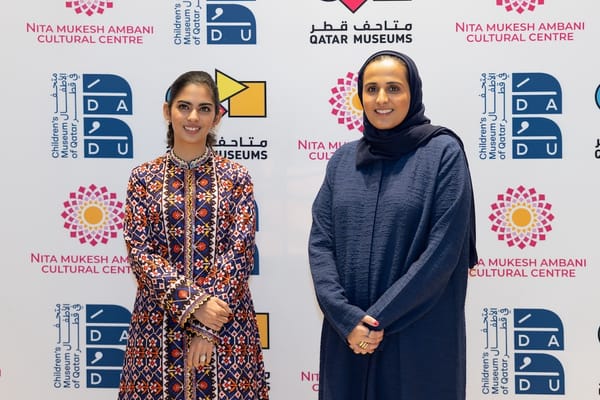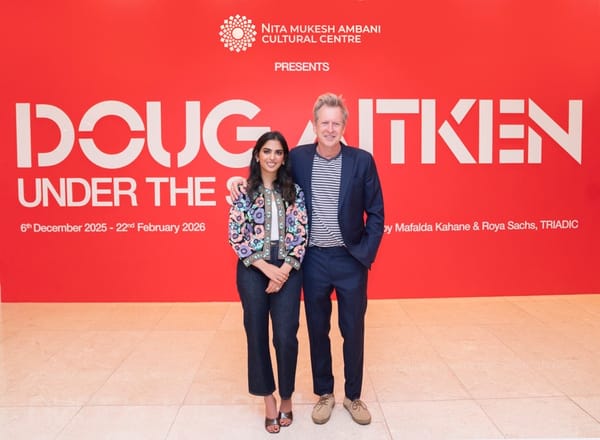Evoking Pedagogic Lineages: Purvaee at KNMA Noida
Purvaee: Evoking Pedagogic Lineages at KNMA Noida explores the artistic legacy of Indian modernism, bridging generations of masters and students, and offering a rich dialogue on the evolving practices and pedagogies of South Asian art.
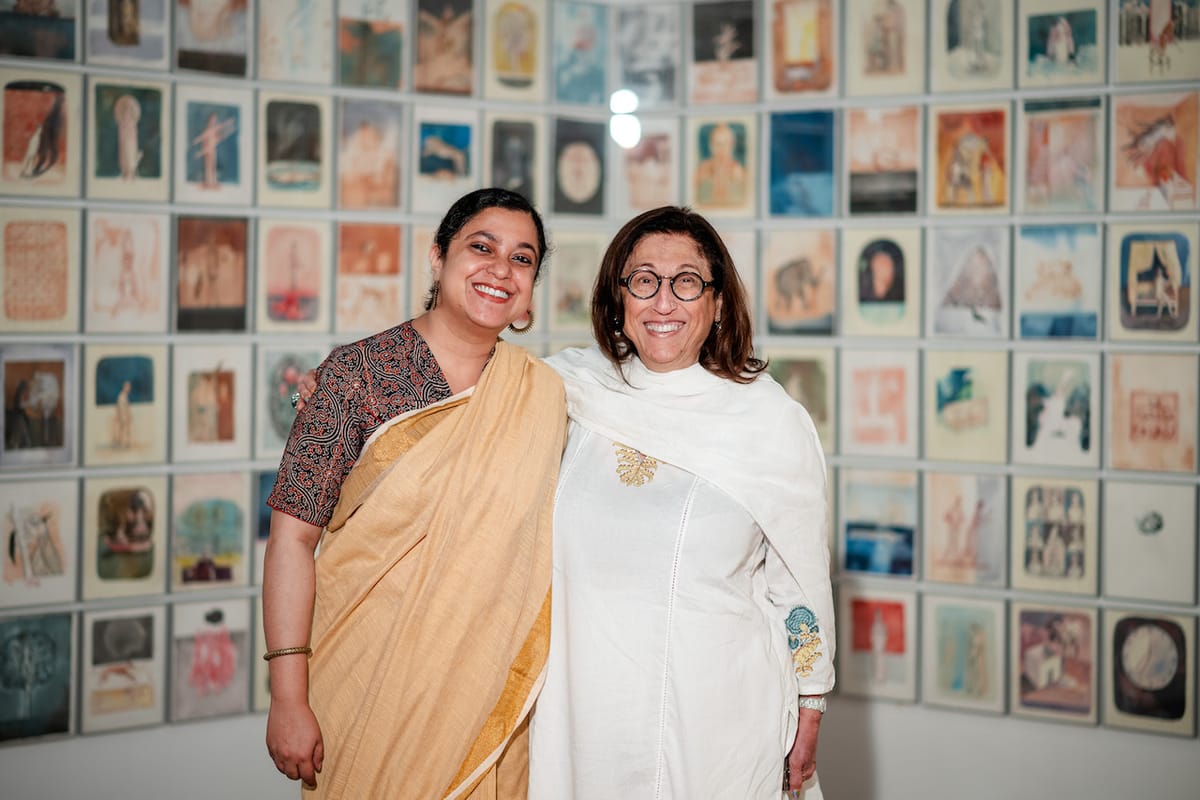
The Kiran Nadar Museum of Art (KNMA) in Noida has opened its doors to a remarkable exhibition titled Purvaee: Evoking Pedagogic Lineages, a sweeping narrative of artistic traditions and educational legacies in India. Running until February 20, 2025, this exhibition brings to light the visual dialogues between generations of Indian artists who have shaped the trajectory of modern and contemporary art. At the heart of Purvaee is a deep exploration of pedagogical practices, institutional memory, and the aesthetic conversations that have rippled across time, carried forward by teachers and their students. Curator Avijna Bhattacharya offers an insightful look into the creative lineage that spans from the early 20th century to the present day.
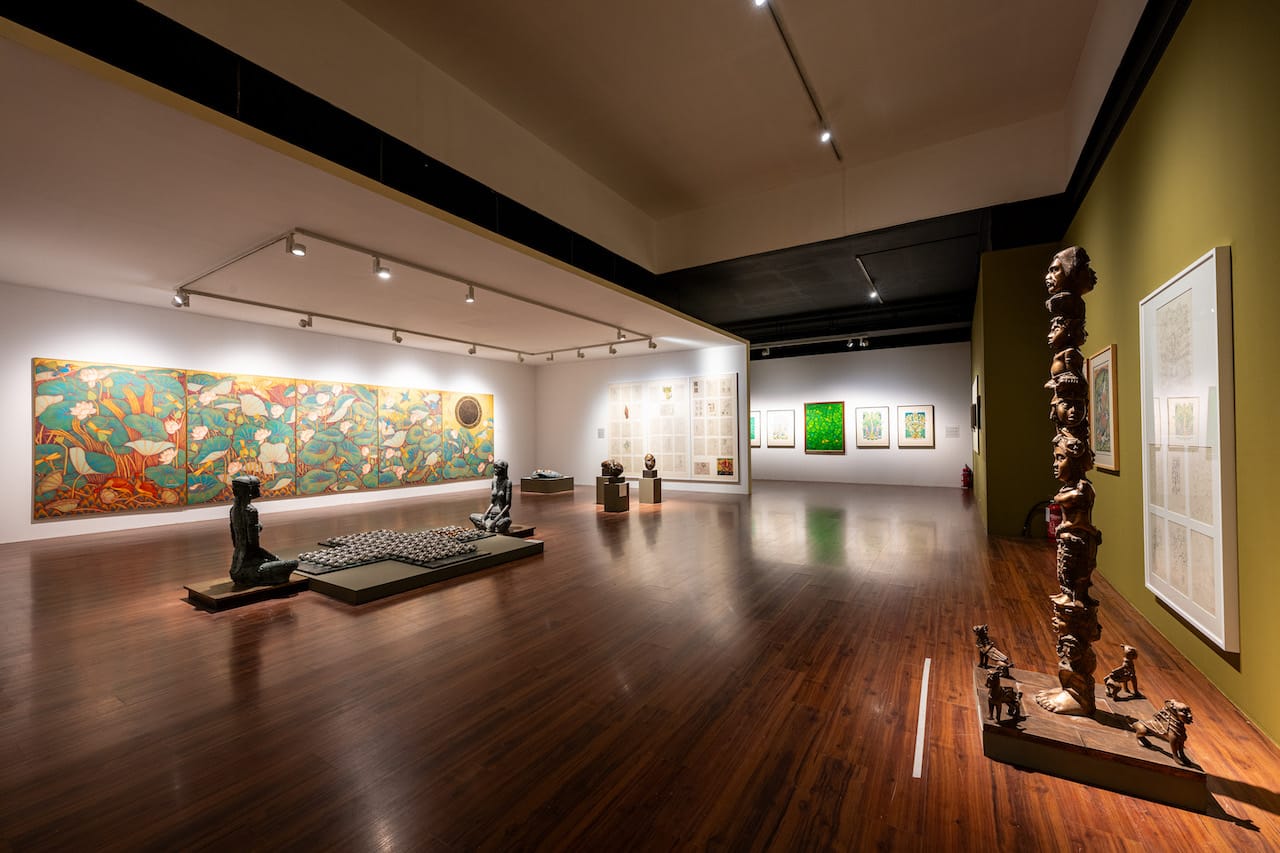
A Reverberation of Pedagogic Traditions
Avijna Bhattacharya, the curator of Purvaee, explains her inspiration behind the exhibition:
“The exhibition Purvaee traces a lineage of visual language rooted in formal art education in India, beginning with the colonial-era art institutions in Madras and Calcutta. Abanindranath Tagore, along with others like EB Havel and Sister Nivedita, revolutionized teaching methods, establishing a uniquely sub-continental style.”
This revolution in teaching, Bhattacharya asserts, did not just inspire artists but fostered a sense of cultural identity that was distinct from the Western methods previously dominant in India. The influence of Abanindranath Tagore, the pioneering artist and pedagogue, extended far beyond his own work. His mentorship of Nandalal Bose, a central figure in the exhibition, set the stage for an artistic genealogy that carried Indian modernism forward.
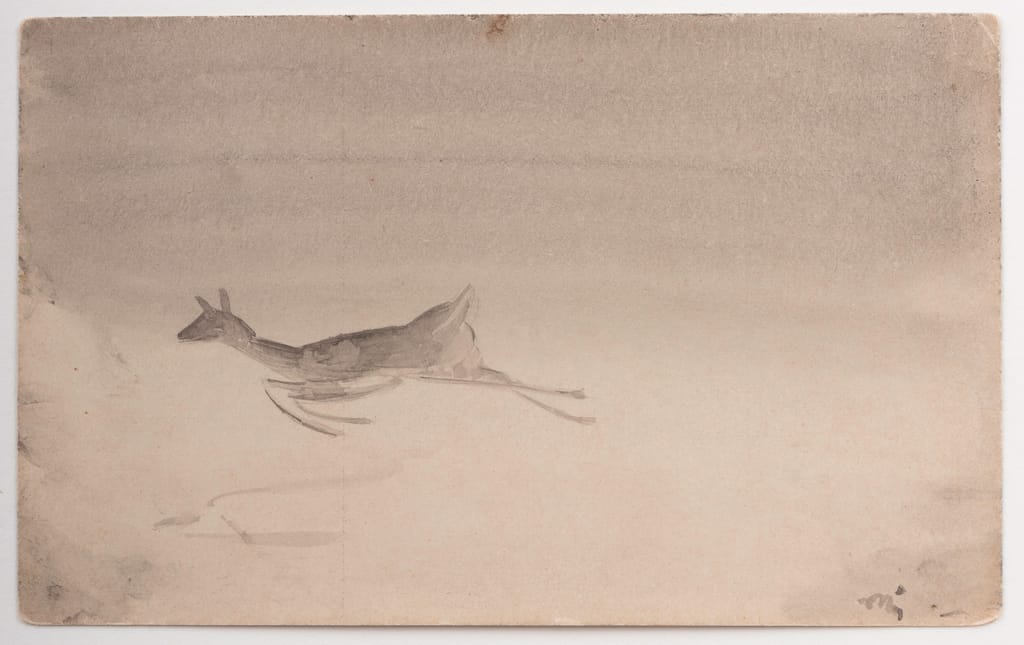
Kala Bhavana and the Baroda School: Two Pillars of Indian Art Education
A significant part of Purvaee focuses on two pioneering institutions in Indian art education: Kala Bhavana, founded in Santiniketan in 1919, and the Faculty of Fine Arts in Baroda, established in 1950. These institutions shaped generations of artists and teachers who, in turn, nurtured a vibrant discourse on artistic practice.
Nandalal Bose, the principal of Kala Bhavana, was profoundly influenced by Gandhian ideas, which promoted artisanal production and a close connection between the artist and the viewer. Bose’s work, which synthesizes elements from Indian miniatures, Ajanta murals, and Far-Eastern ink techniques, is emblematic of the unique cultural sensibility that emerged from Santiniketan. The works of his students, including Benodebehari Mukherjee and Ramkinkar Baij, exemplify this ongoing dialogue between master and pupil.
Bhattacharya elaborates on the exhibition’s focus on these institutions:
“Purvaee brings together works of Mrinalini Mukherjee, Pushpamala N., KP Krishnakumar, Vasudevan Akkitham, Manisha Gera Baswani, and Bhagat Singh alongside the works of the prior generations of artists, to examine pedagogical practices and their impact on the future of Indian art. The exhibition, named after the eastern wind, reflects the flow of creativity, renewal, and the ongoing dialogue between masters and their students.”
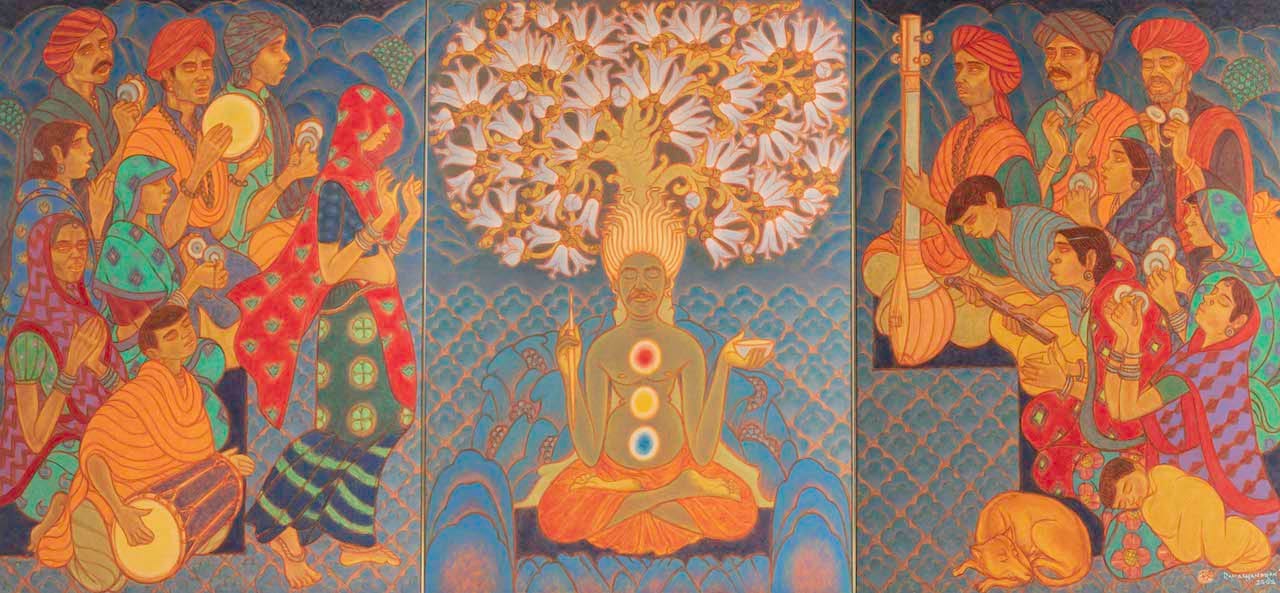
The Artworks: A Dialogue Across Generations
The exhibition spans over 200 artworks, displaying works from the 1940s to the early 2000s. At its core, Purvaee highlights the dynamic between older masters and their students. Nandalal Bose’s Sati, a Japanese woodblock print, serves as an anchor point for the exhibition. This critically acclaimed work from the early 20th century exemplifies the rigorous attention to form and structure that Bose imparted to his students.
Bhattacharya emphasizes the importance of structure in the selection of artworks for Purvaee:
“The selection of the artworks was primarily influenced by how the body of the piece or the creative notion around the structure developed over time. Formalistically speaking, the exhibition is bound together by the study drawings of Nandalal Bose, the leading artist-pedagogue in this story. The drawings with similar inclinations can also be found by Benodebehari Mukherjee, Ramkinkar Baij, A Ramachandran, and Mrinalini Mukherjee.”
Through these study drawings and the other works on display, the exhibition demonstrates the evolution of artistic form and content across generations. From the bold sculptural forms of Ramkinkar Baij to the intricate sculptures of Mrinalini Mukherjee, the exhibition charts a path through Indian modernism that is both grounded in tradition and forward-looking in its innovation.
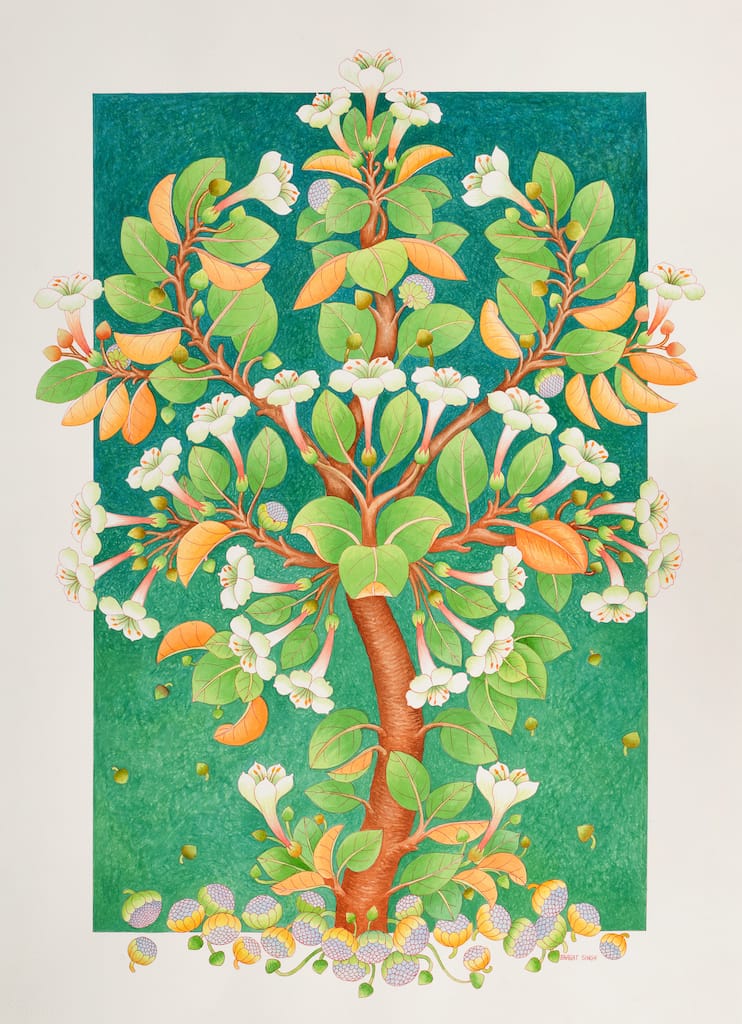
Kiran Nadar on Purvaee: A Reflection on Learning and Legacy
Kiran Nadar, the Founder and Chairperson of KNMA, shares her reflections on Purvaee, offering a powerful statement that underscores the exhibition’s depth and historical significance:
“Purvaee is one of those exhibitions which made me walk a memory lane. The dialoguing works of three or more generations of artists, who are very important to the history of South Asian art, reignite a discussion on the fundamental values of learning and retaining the lessons on making and appreciating art that the masters imparted. The exhibition covers an expansive account of almost a hundred years with some of the iconic works from the museum collection, brought out to the public for viewing. The subtle and nuanced medium handling and representation of subject matter by these pioneers of modernism still stands as yardsticks to understand and appreciate good art.”
Nadar’s words encapsulate the essence of Purvaee, illustrating how the exhibition not only revisits the artistic achievements of the past but also offers a renewed perspective on the ongoing relevance of these foundational teachings. Her reflection serves as a testament to the enduring impact of these pedagogic lineages, which continue to shape contemporary art in profound ways.
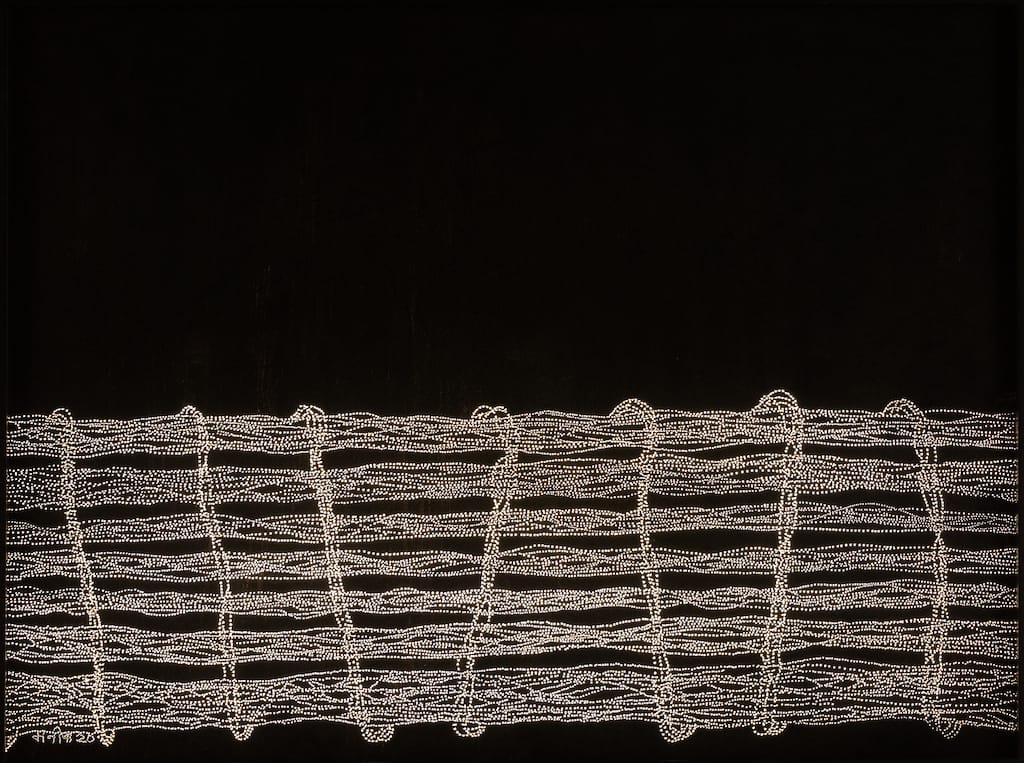
Challenges and Curatorial Vision
Bhattacharya also shared some of the challenges faced in curating an exhibition of this scale and scope. One of the most significant challenges was the variety of scales and media present in the artworks, which required a careful balancing act in the exhibition design. As Bhattacharya explains:
“Unexpected events frequently arise when creating art or curating an exhibition; in this case, it was the variety of scales and media. For instance, Sarbari Roy Choudhury's sculptures span an amazing variety in both scale and language; the smaller pieces are too minuscule to be displayed with the larger ones.”
This challenge was addressed by strategically spacing the artworks to allow viewers to engage with each piece in its own right, while still maintaining the cohesive narrative of the exhibition. The result is a well-orchestrated dialogue between different artistic forms, each contributing to the larger story of pedagogic influence and artistic evolution.
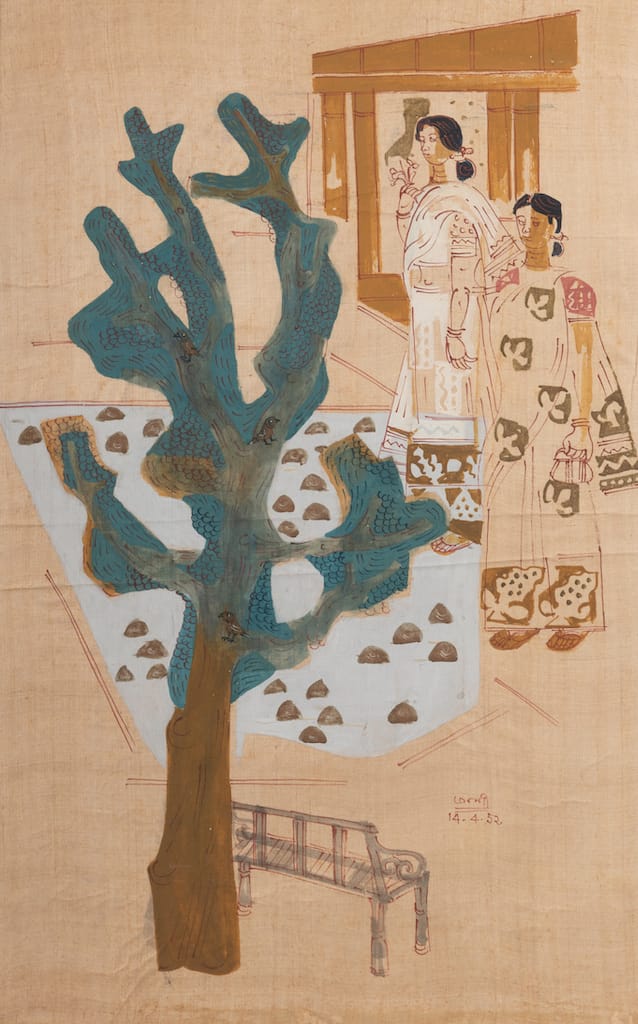
Opening a Dialogue on Art Education
One of the key contributions of Purvaee to contemporary art discourse is its focus on the role of art education in shaping artistic futures. As Bhattacharya notes, the exhibition raises important questions about the relevance of traditional pedagogical methods in today’s art schools:
“There has been much debate about whether or not the abilities taught to aspiring artists in today's schools will ultimately determine the direction of future artistic endeavours. This exhibition attempted to open up this conversation by assessing whether it was advantageous to start a conversation regarding both teaching strategies and learning priorities.”
By bringing together works from different generations of artists, Purvaee offers a unique perspective on how pedagogical practices have influenced the development of Indian art. The exhibition encourages viewers to reflect on the ways in which teaching methods can shape not only the technical skills of artists but also their creative visions and approaches to art-making.
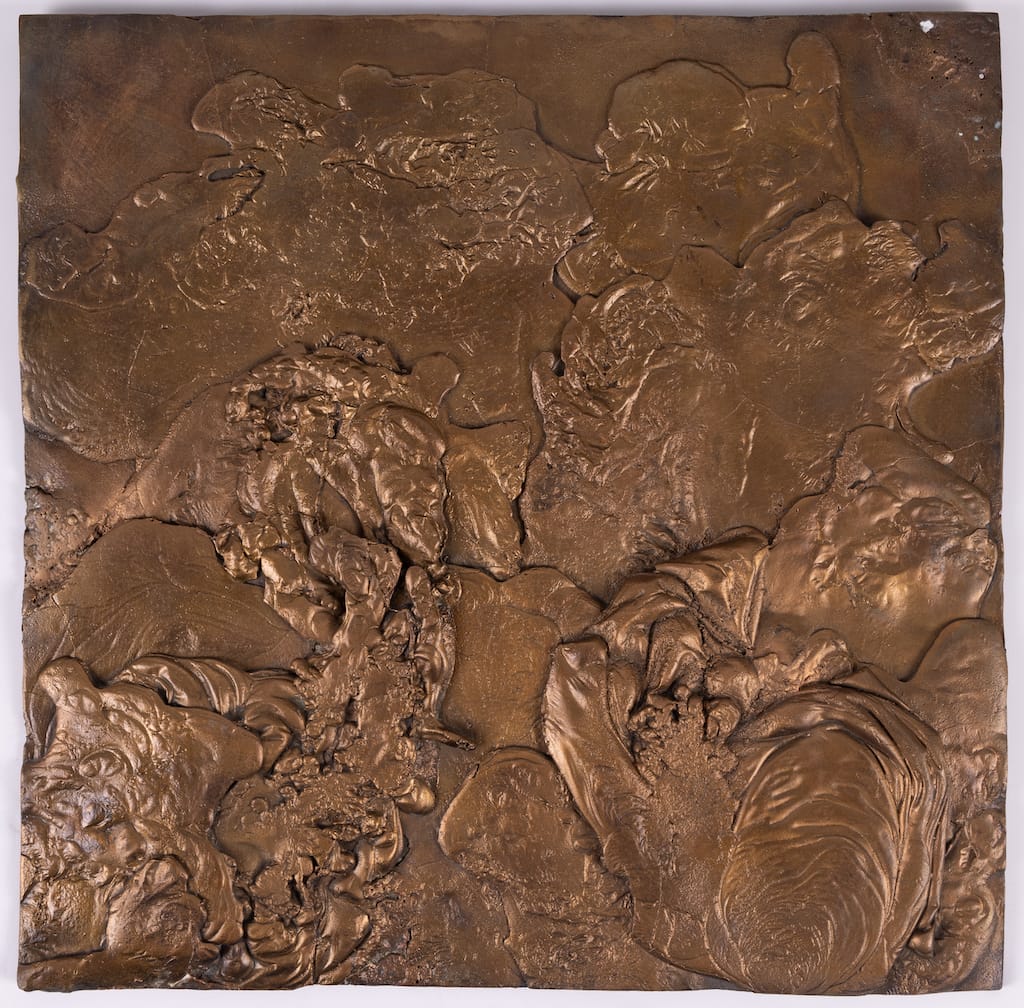
Engaging a Diverse Audience
The curatorial team at KNMA has made a concerted effort to engage a diverse audience with the themes of Purvaee. Bhattacharya explains that the museum’s programming is designed to be inclusive and accessible, with a range of initiatives aimed at engaging people from all walks of life.
“Engaging with a diverse audience is at the core of the museum's mandate. We actively work to ensure that our programming is inclusive and accessible to people from all walks of life.”
From interactive workshops to guided tours, KNMA has developed programs that cater to a wide range of interests, age groups, and backgrounds. This commitment to inclusivity ensures that Purvaee can resonate with both seasoned art enthusiasts and those who are new to the world of Indian modernism.
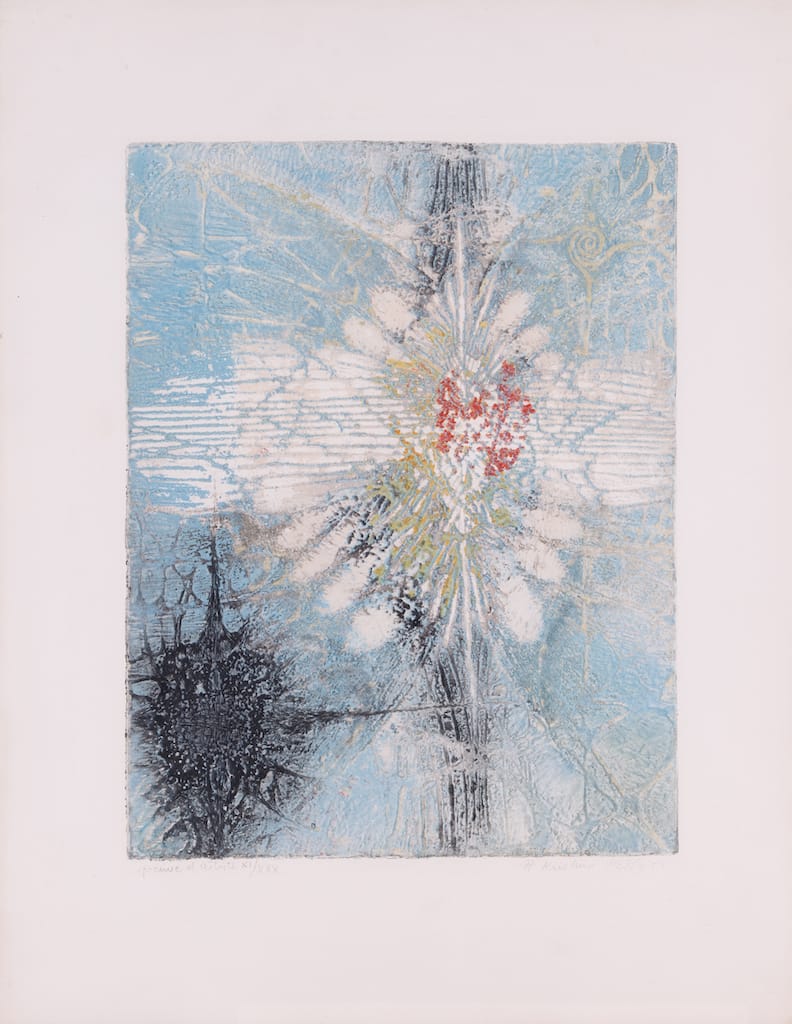
A Vision for the Future
Looking ahead, Bhattacharya sees a return to fundamentals in the world of contemporary art. As she observes, many younger artists are rediscovering the value of accurate observation and empathetic rendering, techniques that were at the heart of the teaching methods explored in Purvaee:
“A growing number of younger artists are going back to the basics of their craft – accurate observation and empathetic rendering. This, in my opinion, is a fantastic turning point.”
In a world increasingly dominated by digital technology and artificial intelligence, Purvaee reminds us of the value of human touch in art. The exhibition celebrates the legacy of Indian modernism while also pointing toward the future, where tradition and innovation continue to intersect in exciting new ways.


